The increasing costs of education have presented us with a pressing question: Is quality education still a tool to reduce disparity, or has it transformed into a luxury deepening the already-existing divide in our society? NEP 2020 has come as a blessing in disguise with the decree of universalization of education while ensuring access, equity, quality, affordability, and accountability. Any deprivation emanating from the constantly increasing cost of education at any level in the public sector and private sector institutions may create a deepening divide in terms of knowledge, skills, competence, and capabilities.
India’s education requirements are catered through the institutions in the public sector and private sector together for many decades now. The emergence of the education system in the private sector can be majorly attributed to the incapacitating public sector institutions whose limited capacity failed to offer admission to all interested ones due to the fast-growing population. Undoubtedly, several parameters demonstrate the distinctive variance in the cost of education, quality of education, and nurturing of students by the institutions in the public and private sectors. Among these discriminators, the pinch of the cost of education is predominantly felt by the parents/guardians of those seeking it in the present times. Let’s introspect if the cost of education is deepening the already-existing divide.
Understanding Financial Capacity
It is not difficult to comprehend the hardships felt by an average Indian family in meeting the ends with the reported per capita income of Rs. 94,954/- in the financial year 2019-20. These troubles have exponentially aggravated with the pandemic devastating the wheel of the economy since March 2020. The free ration distribution to around 80 crore Indians points towards the existential threat faced by around 60% of the Indian population during COVID. Another relevant indicator could be India’s 116 rank in the Human Capital Index 2020 brought out by World Bank for 174 countries. Nevertheless, the country’s strides in building up human capital are evinced from its score improving from 0.44 in 2018 to 0.49 in 2020. This index encompasses the indicators of the state of health and education of children in the country. The poor financial condition may compel destitute families to withdraw their children from the education system as the education cost continues to become increasingly unaffordable.
Also Read: National Education Policy 2020: Issues and Implications
School Education: An Assessment of its Cost
Delving into the education system, the silver lining is visible in the form of free and compulsory education for children aged 6-14 years under Article 21(a) of the Indian Constitution through the Right to Education Act 2009 (RTE) making it a fundamental right of every child along with other provisions. RTE enables completely free elementary education up to class 8 with no fees, providing free books, uniforms, stationery items, etc. to reduce the financial burden of parents while also prescribing the norms of quality and quantity of teachers, no harassment and discrimination, ensuring attainment of learning objectives, overall development, etc.
Despite all the measures taken by the government under RTE, the quality of education in most of the public sector schools is barely comparable with similarly placed schools in the private sector. Obviously, because of the quality of education in public sector institutions not being up to the mark, conscious parents look for such education in private sector schools that offer teaching-learning processes with better efficacy for the overall development of a child. Unequivocally, the cost of education in private sector schools operating on a self-finance model is high and not affordable to all. For example, the annual fee and charges of Delhi Public School vary in the range of Rs. 1,37,765/- and Rs.1,39,565/- for nursery to class 12, apart from the other expenses of transportation, stationery, etc. Thus, the mandate of the not-for-profit operation of private sector schools has largely become an illusion and the high costs of schooling for accruing profits is a stark reality.
Annual expenditure on school education of a child being more than the average per capita income of the country shows that school education in private schools is not affordable to a large share of population.
Also Read: School Dropout of Tribal Children in Chattisgarh: A Study
The annual expenditure on school education of a child being more than the average per capita income of the country shows that school education in private schools is not affordable to a large share of the population. Consequentially, the children studying in public schools and private schools evolve into two distinct pools of human resources with differential rigour of schooling and education. Though it may not prohibit the exceptionally talented ones from achieving excellence even with the schooling in public sector schools, the students from such schools, in general, are likely to be qualitatively inferior to those schooled in the private sector.
Despite the exorbitant cost of education in private sector schools, the consciousness of Indian parents towards imparting good education to children can be felt from the fact that out of the 25 crore Indian children enrolled in a total of around 15 lakh schools, nearly 50% are studying in the 4.5 lakh schools of the private sector. The sizeable number of children schooled in public sector schools makes it well reasoned to accept that the cost of school education is creating a significant divide on account of the standard of education between the children seeking education in public sector schools vis-à-vis private sector schools.
Also Read: New Education Policy 2020 – Implementation Challenges in Higher Education
Cost of Higher Education and Implications
The higher education of the country is offered by higher education institutions (HEIs) in the public sector and private sector. All India Survey of Higher Education (AISHE) reports significant contribution of private sector HEIs through 31,390 private colleges, 388 private universities, and 88 private ‘deemed to be’ Universities amongst the total 1,043 Universities and 42,343 colleges in the country as of 2019-20. Undisputedly, the colleges in the private sector are quite large. Yet, Universities are largely in the public sector. Most of the colleges in the private sector are affiliated with public sector Universities. The fees to be charged in HEIs of the private sector are decided by the respective State Governments following the prescribed procedure. Thus, the majority of concerns regarding the rationale of the charged fees need to be addressed by the State Government.
The fees of HEIs in the private sector and public sector vary significantly depending upon the courses and the institution. For example, the academic fee component of a four-year engineering degree program in Benett University hovers around 14 Lakh rupees while the same for the Indian Institute of Technology Bombay is Rs. 2.2 Lakhs per year that cumulates to less than 9 lakhs for the full course, apart from the living expenses which are quite high in private sector HEIs as compared to public sector HEIs. Typically, the fees of postgraduate degree programs are also reasonably less in public sector HEIs as compared to private sector HEIs. Without delving into the specific degree program and its cost, the palpable difference in the expenditure in securing similar qualifications is felt in the private and public sector HEIs. The challenge of affordability, thus, lies with higher education as well.
Also Read: Gurus Being Outsourced in ‘Vishwaguru’ India
Present trend of making HEIs self-sustainable does not augur well in a welfare state, like India, because it culminates in levying higher costs of education on students.
The present trend of making HEIs self-sustainable does not augur well in a welfare state, like India, because it culminates in levying higher costs of education on students. Also, an honest reference should be made to realize the limited financial capacity of the citizenry, when a sizeable part of the population relies upon the free ration disbursement scheme. This is much more worrisome at a time when India is aspiring to reap the demographic dividend. The exorbitant increase in the cost of education in public sector HEIs has happened in the last few decades. The limited financial capability along with the high cost of education drifts many. Although, the country has numerous schemes to assist needy students financially through scholarships, fee waivers, concessions, etc., the poor socio-economic conditions restraining many from pursuing higher education cannot be ruled out.
Way Forward
Fortunately, the National Education Policy 2020 (NEP) has envisaged universalization of education making it available to all children in the age band of 3 to 18 years. Implementing it may warrant certain statutory enabler, much like the prevailing RTE2009 which is limited to the age of 14 years. The rampant commercialization of school education and distinctive education system for the opulent class of society does not appear to be vehemently constrained under NEP-2020. Nevertheless, it is too early to conclude anything.
Also Read: Don’t Compromise on Quality Education While Formulating Contingency Plans
Similarly, the students dropping out of the education system for want of survival of their family and themselves requires holistic introspection. Why can’t serious thought be given to offering free education in public sector HEIs with suitable conditions? The admissions being carried out solely on the merit of students in such HEIs will justify the importance of free education and further motivate students to improve upon for claiming it.
Any deprivation emanating from the constantly increasing cost of education at any level in the public sector and private sector institutions may create a deepening divide in terms of knowledge, skills, competence, and capabilities.
Given the private sector HEIs functioning on the self-financed model, the cost of education in them only requires rational fixing under the superintendence of the designated regulator to rein the profiteering, if any.
Also Read: Educational Supremacy in ‘Vishwaguru’ India: A Long Way to Go
Any deprivation emanating from the constantly increasing cost of education at any level in the public sector and private sector institutions may create a deepening divide in terms of knowledge, skills, competence, and capabilities. This makes it inevitable for the regulating body, institutional governance, the academic community, and the Government to remodel the existing education system for making it equitably accessible. In view of most of the things revolving around the adequacy of financing in the education sector, it is imperative for the Government to increase budgetary allocation for education up to 6% of GDP as recommended by the Kothari Commission in 1964 (and, also in NEP in the year 2020).
The children dropping out of the formal education system due to extreme and stingy frugality may turn into imperious problems in sustaining social harmony. NEP 2020 has come as a blessing in disguise with the decree of universalization of education while ensuring access, equity, quality, affordability, and accountability. The need of the hour is to urgently remodel the education system in the public sector for making it worthy, accessible and inclusive to bridge the likely educational divide between rich and poor meritorious students. Any loss of educational opportunities due to penury is eventually a national loss and must not be allowed.
Disclaimer: The views expressed in this article are of the author solely. TheRise.co.in neither endorses nor is responsible for them.
About the author
Prof. Onkar Singh is the former Vice Chancellor of Veer Madho Singh Bhandari Uttarakhand Technical University, Dehradun, He has been the Founder Vice-Chancellor of the Madan Mohan Malaviya University of Technology, Gorakhpur (U.P.). He is a Professor of Mechanical Engineering at Harcourt Butler Technical University, Kanpur (U.P.).

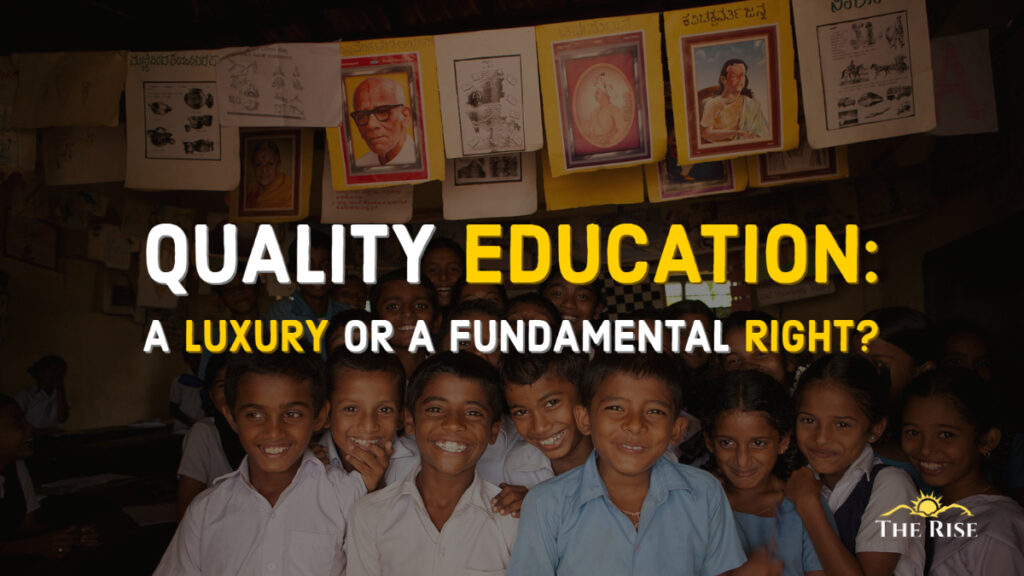


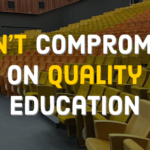
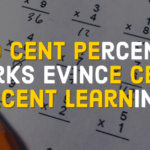
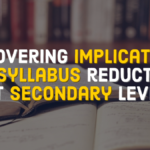



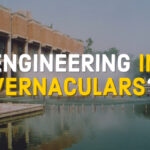



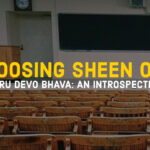


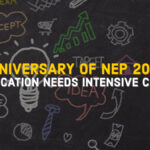


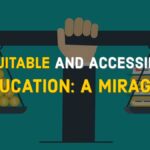

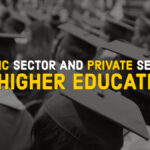
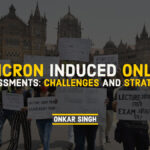




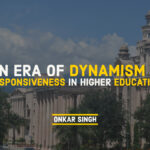




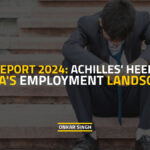


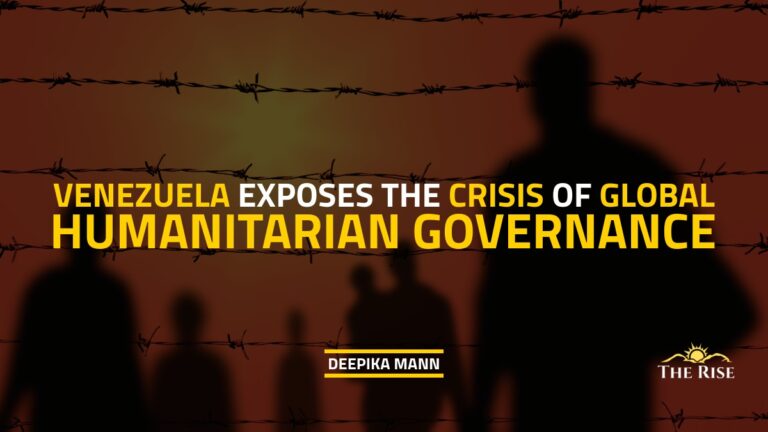



Pingback: Regulations Impede Excellence in Higher Education - TheRise.co.in
Pingback: In Defence of Higher Education - TheRise.co.in
Pingback: Self-Financed Private Universities: Implications on Affordability
Pingback: The Great Indian Distressful Examinations: An Introspection
Pingback: Supreme Court on Access to Education - TheRise.co.in
Pingback: Responsibility for Wrong Appointment of Vice-Chancellor - TheRise.co.in